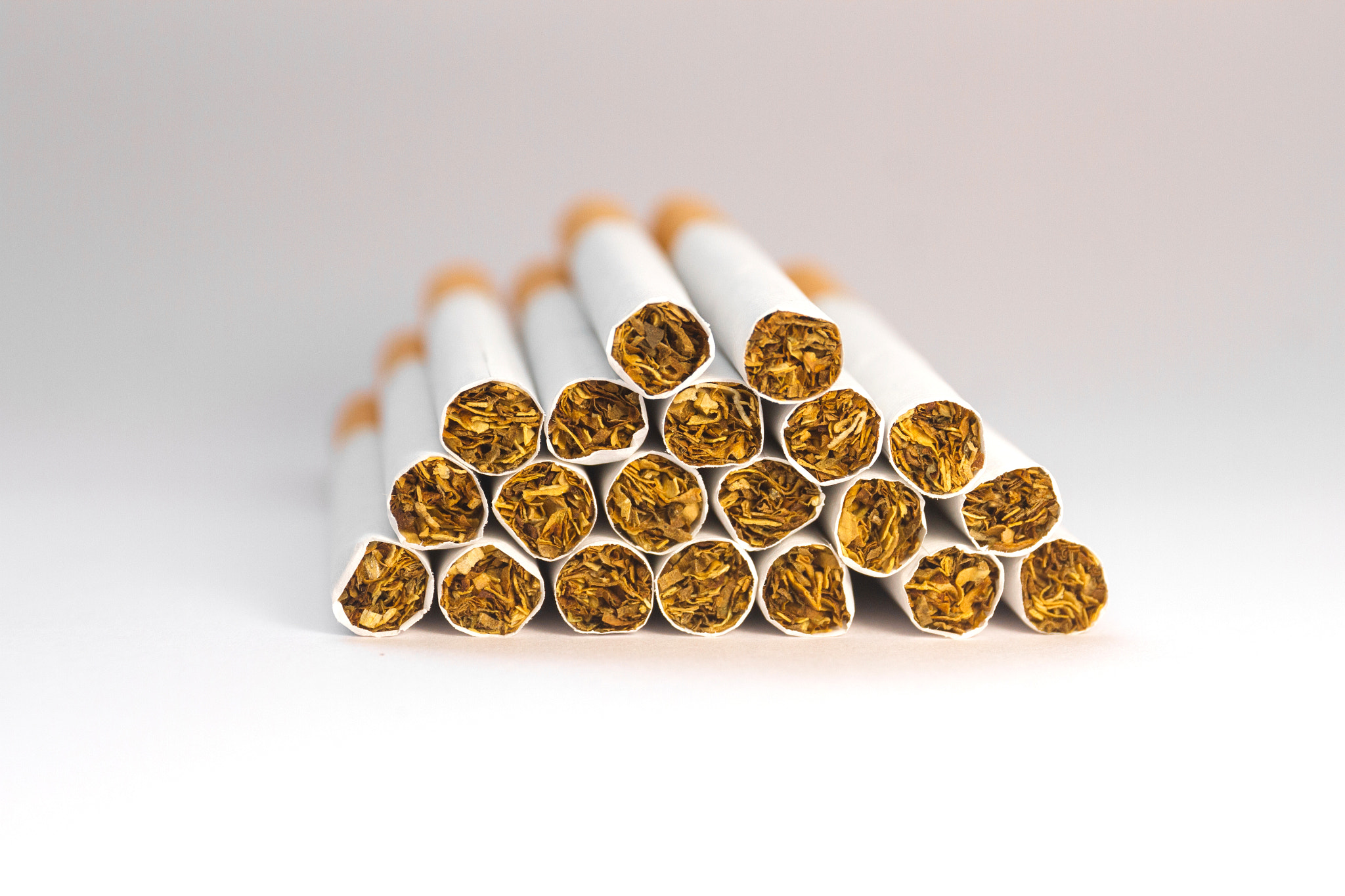Consumers price index rises 0.1 per cent, due to higher prices for cigarettes
“The average price of a pack of 25 cigarettes was $37.48 in March, up from $34.57 in December,” consumer prices senior manager Paul Pascoe said.

- Country:
- New Zealand
The consumers' price index (CPI) rose 0.1 per cent in the March 2019 quarter, due to higher prices for cigarettes, Stats NZ said today.
CPI inflation was also 0.1 per cent in the December 2018 quarter.
In the year to March 2019, the inflation rate was 1.5 per cent, down from 1.9 per cent in the December 2018 year.
The annual tobacco tax increase on 1 January 2019 lifted cigarette and tobacco prices 9.0 per cent this quarter. The tax increase is the third of four consecutive excise duty increases announced in the 2016 Budget. The Government increased excise tax on tobacco by 11.9 per cent (see New rates for tobacco and tobacco products), but not all products showed the full impact of the tax change in their prices.
“The average price of a pack of 25 cigarettes was $37.48 in March, up from $34.57 in December,” consumer prices senior manager Paul Pascoe said.
“One cigarette now costs about $1.50 compared with $1.15 at the start of 2016. Ten years ago cigarettes cost about 54 cents each.”
Excluding the rise in cigarettes and tobacco, inflation fell 0.1 per cent in the March 2019 quarter.
Over the year, cigarettes and tobacco prices increased by 7.7 per cent. Contributing to this was the 1.3 per cent fall in the December 2018 quarter.
Transport prices drive inflation down
Inflation was low in the March 2019 quarter because of falls in the prices of petrol and international airfares.
The price of petrol fell 7.0 per cent from the December 2018 quarter. The average price of 91 octanes, after discounts (for the entire March quarter), was $2.01 a litre.
“Lower petrol prices in January and February contributed to an overall lower average price for the quarter,” Mr Pascoe said.
“However, by the last week of March, the petrol pump price was 3.7 per cent higher than the March quarter average and prices continued to rise in the first half of April.”
Petrol prices fell 7.7 per cent in the North Island excluding Auckland and Wellington, and 7.1 per cent in Auckland, in the March 2019 quarter. This compared with 6.0 per cent falls in both Wellington and the South Island.
Seasonal falls for international airfares also offset the overall quarterly rise. Prices fell 12 per cent in the quarter.
“International airfares typically rise in the peak travel period during the December quarter and then fall in the March quarter,” Mr Pascoe said.
New rent method
Stats NZ is moving to use tenancy bond data for calculating rent in the CPI. The new monthly series is available from the January 2019 reference month, including a back series.
Rental price indexes provide links to the monthly releases.
Using a new methodology and data source has many benefits. Landlords will no longer need to fill in a rent survey, and there will be full coverage of all tenancy bonds, rather than using a sample survey. This will also reduce respondent burden, save money, and mean more frequent and more accurate releases.
The new method will be introduced into the CPI in the next release (June quarter 2019, to be published in July 2019). The CPI rent movement in that quarter will be based on the monthly rental price indexes for April, May, and June.










